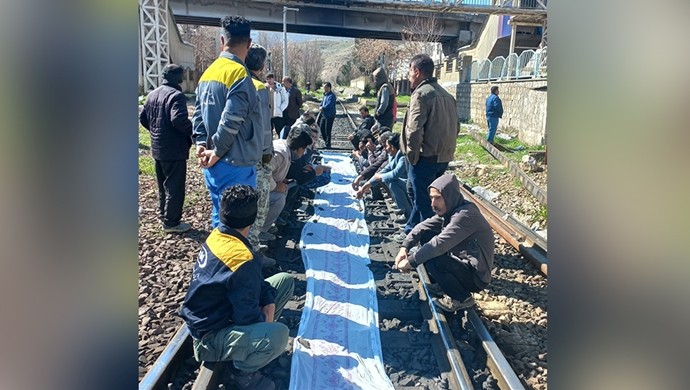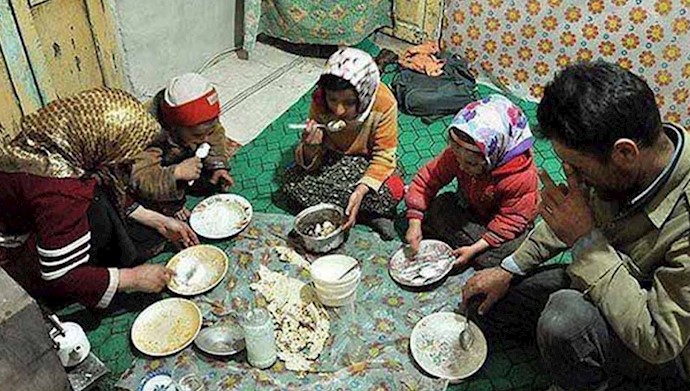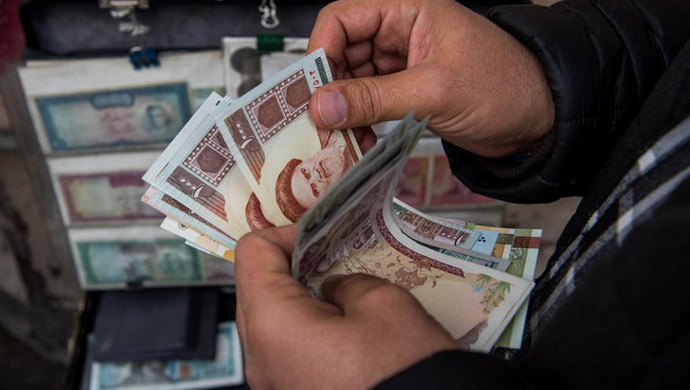

While the Iranian leaders project an image of growth and prosperity for the Persian year 1402, spanning March 2023 to March 2024, a closer look at various reports reveals a vastly different, troubling picture of the nation’s economic health.
President Raisi, in his Nowruz message, highlighted a year of growth and prosperity, boasting about a new economic framework that allegedly led to inflation decrease and a significant 6 percent growth despite skyrocketing prices. Similarly, Supreme Leader Khamenei named the year as one of “production growth and inflation control,” aiming for these ambitious goals amidst the challenges.
According to several state-run publications, Iran is grappling with severe economic hardships. The Mardomsalari news website and ILNA news agency highlighted the daunting poverty line, which by various estimates, starkly underscores the struggles faced by ordinary Iranians.

Reports from Shargh newspaper paint a grim picture of unemployment and inflation, with figures suggesting over 40 percent unemployment and an inflation rate soaring above 50 percent. Such statistics not only contradict the government’s narrative but also highlight the reality of widespread poverty, with millions reportedly falling below both the poverty and survival lines.
This economic downturn is reflected in the day-to-day lives of the Iranian populace. For many workers, the financial strain has become so severe that affording basic holiday necessities has become a distant dream. The root causes of this economic malaise, as outlined by the Setareh Sobh newspaper and former Central Bank head Abdolnaser Hemmati, include rampant money printing and surging prices for the dollar and gold coins, exacerbating inflation across all sectors, especially food items.

Hemmati’s critique extends beyond economic policies, questioning the efficacy of a government that, despite Iran’s vast oil and gas resources, has seen a dramatic increase in poverty, a significant decline in purchasing power, and worsening corruption and business environments. This critique underscores a disconnect between the government’s portrayal of economic stability and the harsh realities of everyday life for the majority of Iranians.
The dire economic situation places the heaviest burden on the poorest segments of society, who constitute most of the population. Government media acknowledge that a significant portion of the population lives below the absolute poverty line, facing severe challenges in affording even the most necessities.
Amid these challenges, the call for systemic change grows louder. Critics argue that the current regime, marked by its prioritization of militarism and oppression over economic stability and public welfare, is untenable. They posit that the solution lies not within the regime’s promises of reform but in a fundamental overhaul of the system, a sentiment echoed by a populace pushed to the brink by economic desperation.

MEK Iran (follow us on Twitter and Facebook), Maryam Rajavi’s on her site, Twitter & Facebook, NCRI (Twitter & Facebook), and People’s Mojahedin Organization of Iran – MEK IRAN – YouTu







